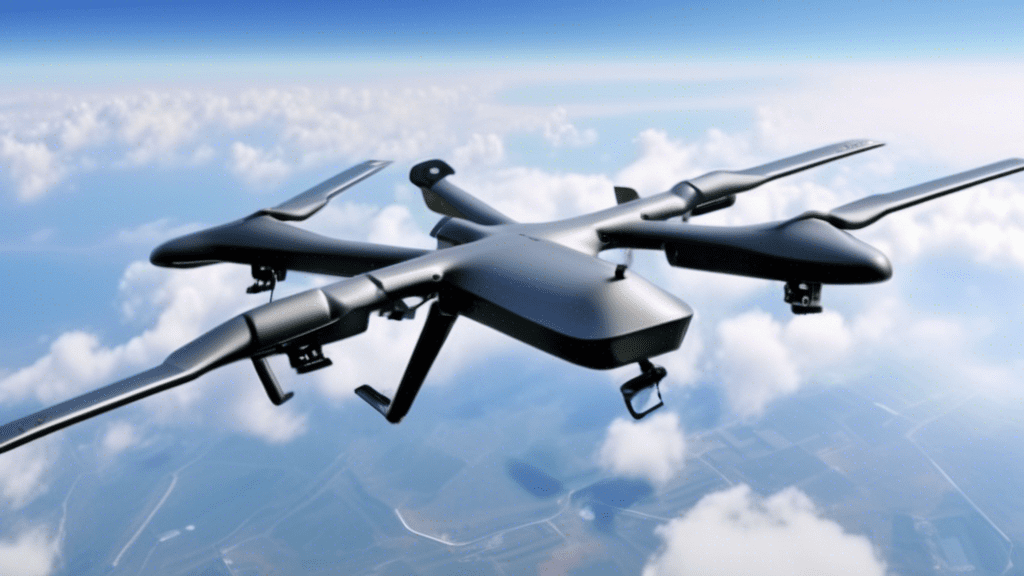North Korea has recently made headlines with its developments in military technology, particularly the testing of exploding drones. These advancements have sparked discussions around their implications for regional security and international relations. At the center of this initiative is North Korean leader Kim Jong Un, who has been closely supervising these tests. Let’s dive into the details of what’s been happening and why it matters.
Key Features of the New Drones
The drones being developed are no ordinary flying machines. In fact, these craft are designed to crash into targets, boasting capabilities that allow them to fly various routes and accurately hit a range of objects. In recent tests, they even managed to destroy a BMW sedan and showcase their effectiveness against old tanks. This approach marks a shift from the traditional use of combat drones, which typically launch missiles from a distance. The novelty and aggressive nature of these exploding drones are not just eye-catching; they’re part of a broader strategy in modern warfare.
Kim Jong Un has not just been an observer; he is pushing for an accelerated mass production of these drones. He’s adamant about creating a serial production system, highlighting that drones are relatively cheap to produce and can play a pivotal role in a variety of military operations. This push for development comes at a time of heightened military activity in the region, including large-scale exercises conducted by U.S. and South Korean forces aimed at countering North Korean threats.
Escalating Tensions in the Region
The escalation of North Korea’s drone tests adds another layer of tension to an already charged atmosphere in the region. These drones are reportedly specifically tailored to target South Korea, with tests showing their ability to destroy models resembling South Korean battle tanks. Given North Korea’s ongoing advancements in nuclear missile technology, the potential for battlefield nuclear capabilities along the South Korean border is a significant concern.
Furthermore, North Korea’s recent military activities appear to be undertaken in tandem with a growing partnership with Russia. With suggestions that technology and support for these drones may have come from Russian cooperation, it’s clear that the geopolitical landscape is shifting. This unity, particularly in their confrontations with the U.S., raises questions about future military engagements and regional stability.
As the international community braces for the fallout from these developments, discussions are anticipated in upcoming high-profile meetings, including trilateral summits among leaders from South Korea, the U.S., and Japan. With the integration of psychological and electronic warfare tactics into their strategy, North Korea is clearly signaling that they’re ready to up the ante, making the next steps in this complex scenario all the more crucial.
All in all, North Korea’s recent drone tests and military advancements highlight significant changes in modern warfare strategy. As events unfold, it’s critical for observers, military analysts, and policymakers to monitor these developments closely—because in the realm of international relations, understanding weaponry and its implications could be as vital as diplomatic negotiations themselves.
